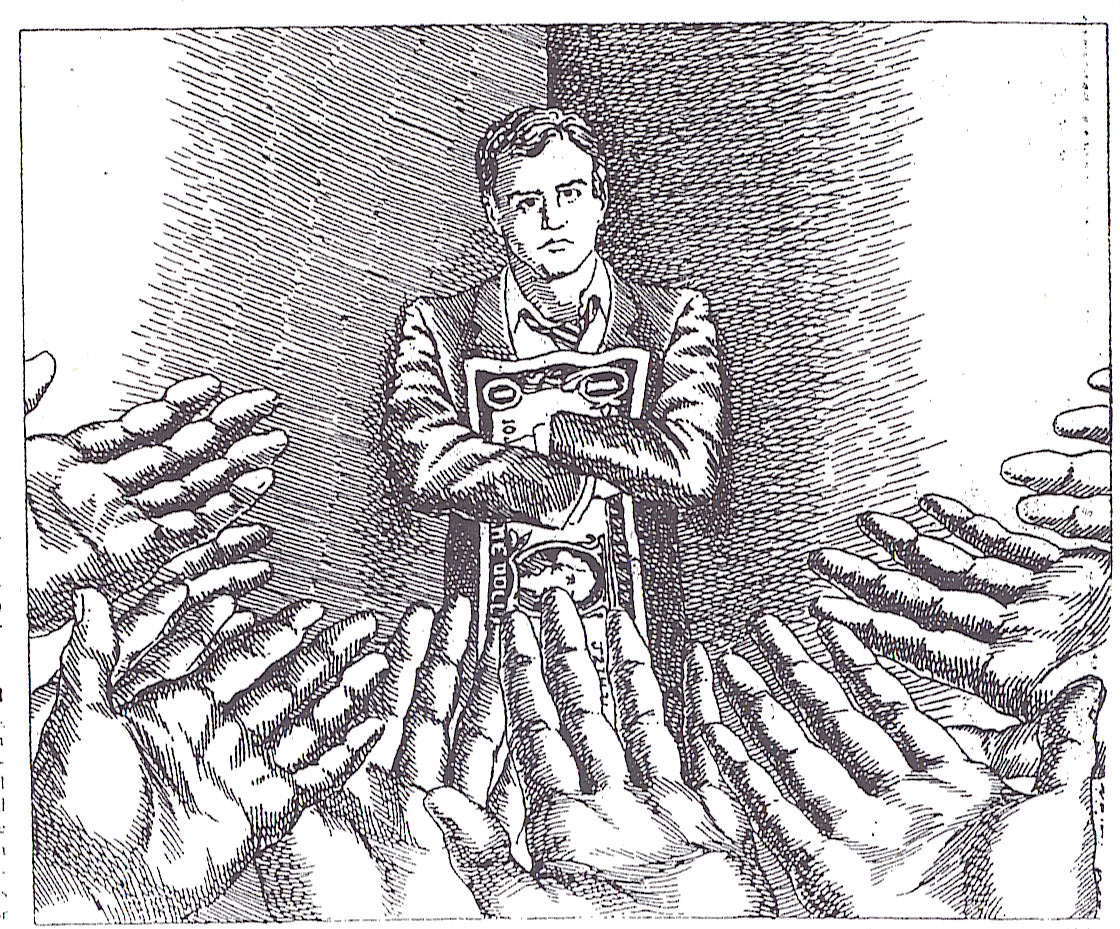- Tax and Spin–Part 1–The Basics
- Tax and Spin- Part 2: Exemptions, exemptions
- Tax and Spin- Part 3: The REAL Growth of Government
- Tax and Spin- Part 4: “Schooling” the Taxpayers”
- Tax and Spin- Part 5: The “Place” Where You Raise Your Own Taxes
- Tax and Spin- Part 6: Eliminating Confusion- Step 1
- Tax and Spin–Part 7: Eliminating confusion-Step 2
- Tax and Spin- Part 8: Eliminating Confusion-Step 3
- Tax and Spin- Part 9: Some Solutions
- Tax and Spin- Part 10: Conclusion-Accountability the Key
- Understanding Property Tax Levy Issues
 Ohio law has traditionally given local voters the final say for all property taxes other than those that are levied on the ten inside mills, with a few exceptions. However, that authority is no authority when tax laws are cleverly written to force more taxes on citizens without their vote. Neither is that any authority when laws are written so that voters are misled into voting for the opposite of what they really want or when both the Yes and No choices on a ballot issue might be undesirable, as with replacement levies.
Ohio law has traditionally given local voters the final say for all property taxes other than those that are levied on the ten inside mills, with a few exceptions. However, that authority is no authority when tax laws are cleverly written to force more taxes on citizens without their vote. Neither is that any authority when laws are written so that voters are misled into voting for the opposite of what they really want or when both the Yes and No choices on a ballot issue might be undesirable, as with replacement levies.
What is the solution to the replacement levy problem? One answer is to repeal the law that authorizes the levies. Following are some reasons:
• The replacement levy is an unnecessary tax. Simple “additional†property levies have always been available – and are still available – to increase revenue for the government.
• The replacement levy is an early product of the legislature’s continuing effort to diminish the effects of H.B. 920 and to tie taxes to increases in property values. However, there is no correlation between the rising cost of appropriate government services and increases in property values. Even if there were, trying to make levies match property growth is generally unworkable because, in addition to their property tax levies, government taxing districts get various other kinds of funding from local, state, and federal government sources, as well as private sources. Further, the fact that the “replacement levy and increase†and “replacement levy and decrease†exist is evidence that replacement levies don’t always fit with inflation of property values. Also, this writer has observed that the plain “replacement levy†is often used to inch up taxes – just because it is available – when renewals would be appropriate and would have been used previously.
• Replacement levies limit the reasonable authority of citizens – even citizens who know the levies are used to increase taxes – to determine the magnitude of their government. When an existing levy is expiring, replacement levies force voters to choose between 1) voting No to no longer pay even the tax they had been paying, or 2) voting Yes to increase their tax. They are unable to vote simply to continue to pay the same tax they had been paying, as some people prefer. Government officials know that the majority of voters generally would not vote to eliminate a tax; therefore, by using the replacement levy, they use the equivalent of a
new tax with the old – the equivalent of a renewal levy plus an additional levy. In that way, they twist the arms of the voters to increase their property tax. In fact, levy proponents often insist that the voters must pass a levy or the government agency would have to cut services because it would not even have the revenue it had been getting.
Next: Part 10: Conclusion–Accountability the Key